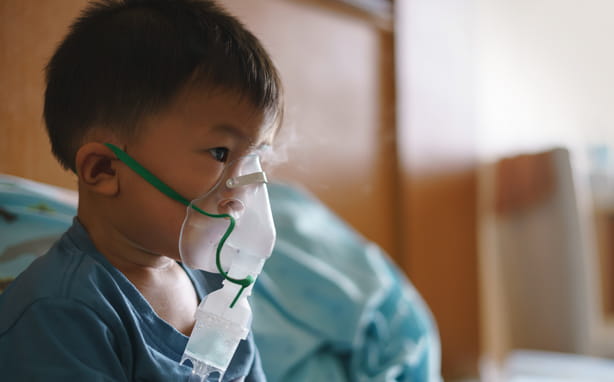Over two years out from the onset of the pandemic, data comparing 2019 (pre-pandemic) to 2021 (first calendar year after the pandemic) shows how the children's hospital industry, and populations, are changing. According to an analysis of data from CHA’s Pediatric Health Information System® (PHIS), here are four trends hospitals are seeing.
Less inpatient cases, but higher severity
In 2021, patient discharges rebounded compared to 2020 but were still almost 6% lower than 2019. Meanwhile, there is a greater mix of cases, remaining 5%-6% higher than 2019 numbers. Inpatient discharges are down but the severity of the cases is higher, driving a higher average length of stay in 2021 compared to 2019.
More patient days require different resource needs
Even with discharges down, total patient days, inclusive of observation cases, are higher. Observation cases were 8% higher in 2021 and represent 35% of total admission. Additionally, the behavioral health crisis persists as admissions with a primary mental health diagnosis increased 14% in 2021 and represent 21% of total admissions. These patients require different staffing resources and tend to stay longer, either awaiting discharge or transfer to a program or facility able to meet their needs.
Higher severity of surgical cases, but less overall volume in cases
In 2021, surgical cases rebounded by 17% but remain 7% lower than 2019. Similar to the inpatient population, the severity of surgical cases increased in 2020 and 2021, remaining 5% higher than 2019.
Fewer emergency department visits, except for behavioral health cases
Emergency department visits were down across all specialties in 2021, except for behavioral health. The highest volume service line, ENT/cranial facial/eye, had the most significant decline with 30% fewer visits.
These trends indicate a patient population characterized by higher severity illness and longer stays compared to prior years, which comes with increased costs and lower reimbursement. Patients with more severe illness tend to be on Medicaid, which reimburses at lower rates than private payers, and these patients require specialized resources that may be more costly due to supply chain shortages. Historically, observation and behavioral health cases also receive lower reimbursement and in nearly all cases don’t cover the cost of providing care, according to studies in Pediatrics and the Journal of Hospital Medicine.






